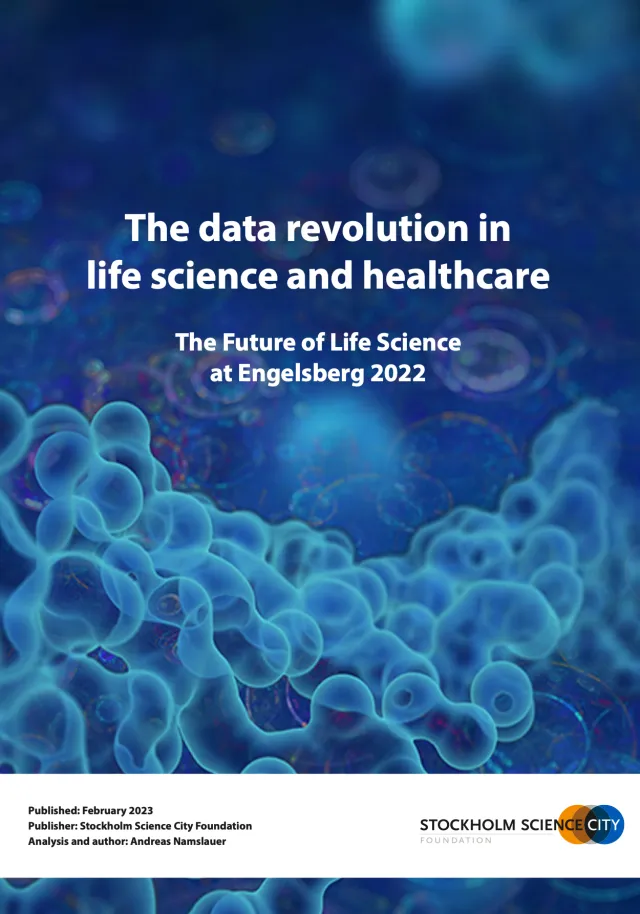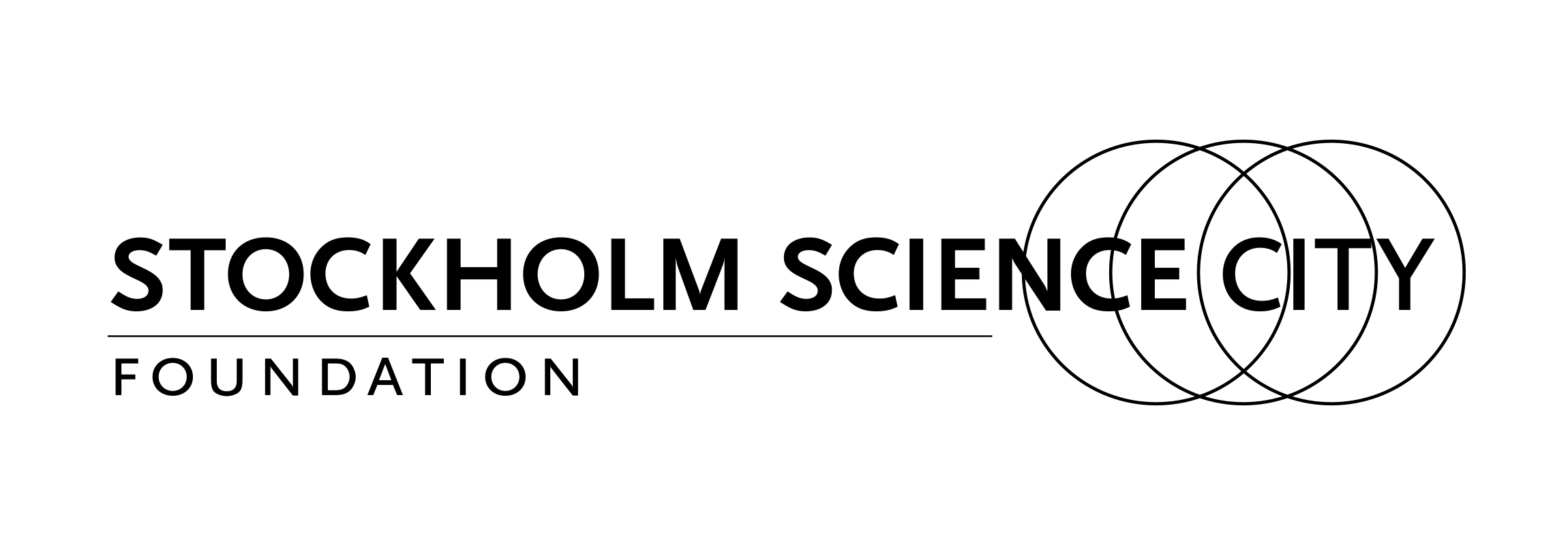The data revolution in life science and healthcare

Inledning
Life science handlar om att tyda den biologiska komplexiteten. Med den snabba utvecklingen av nya teknologier och nya metoder för dataanalys under de senaste decennierna befinner vi oss nu i ett läge där integrerade biologiska system kan studeras på ett holistiskt sätt. Data har alltid varit grunden för forskning, och antalet tillgängliga datakällor och datapunkter ökar idag i en anmärkningsvärd takt. I kombination med kraftfulla beräkningsresurser och avancerade analysmetoder kan data idag ge nya insikter i mänsklig biologi och sjukdomsmekanismer på en aldrig tidigare skådad nivå.
Detta har fört life science in i systembiologins era och möjliggjort utvecklingen av precisionsmedicin, där optimala behandlingar kan väljas med hjälp av precisa diagnostiska metoder.
Det råder en bred samsyn inom det vetenskapliga samfundet om att utvecklingen av systembiologi och implementeringen av precisionsmedicin hämmas – eller åtminstone bromsas – av utmaningar kopplade till att dela och använda data. Den här rapporten tar upp viktiga frågor kring data inom life science och hälso- och sjukvård.
I den första delen ges exempel på avancerad dataanvändning inom forskning, med det yttersta målet att utveckla nya och bättre läkemedel och behandlingar. I den andra delen presenteras olika typer av data, deras värde samt utmaningarna med att dela och utnyttja tillgänglig data fullt ut. Den avslutande delen för ett bredare resonemang om vikten av tillit, öppenhet och samarbete för att påskynda vetenskapliga framsteg till gagn för alla. Att säkerställa transparens i de system där ny kunskap skapas är avgörande för att samhällen världen över ska fungera.
Rapporten bygger på presentationer och diskussioner vid symposiet “The Future of Life Science – The Data Revolution in Life Science and Healthcare” som hölls på Engelsbergs bruk i Sverige i maj 2022 (se bilagan för program och talare). Syftet är inte att täcka alla ämnen som diskuterades under symposiet, utan att fokusera på centrala teman som belyser aktuella utmaningar och – viktigast av allt – framtida möjligheter.



